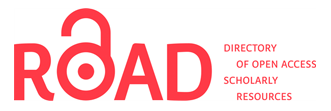The Management of Food Industry with An Multi-Objective Linear Programming
Keywords:
Food Industry, Operational Research, Linear Programming, Food ImportedAbstract
Nowadays, the industry focuses on maximizing profits and minimizing costs. Thus, the research focused on applying operational research techniques in managing the food industry, mainly on supply chain optimization in order to reduce costs and enhance the effectiveness of management. Multi-objective linear programming was implemented to optimize the supply chain and determine the optimal solution for supply chain problems in food industry management. By testing the U.S. food import value data, the total profits earned from fourteen categories of foods from the year 2017 to the year 2022 were calculated and analyzed. Fourteen food categories were grouped into four for comparison. Overall, vegetable oils, coffee, live meat animals, and nuts contributed the highest profits for the U.S. in 2017, 2018, 2020, and 2022, respectively. Next, we investigated the relationship between the total food value and the total food volume of the fourteen food categories by analyzing the data. The result shows that the food volume of live meat animals, vegetables, fruits, grains, vegetable oils, and sugar was higher than its food value from the year 2017 to the year 2022. In fact, live meat animals contribute the lowest food value even though the food volume is quite large, which means that it is the cheapest. In conclusion, the multi-objective linear programming method is a very effective and useful tool or method for an industry to manage its applications or processes of the supply chain, especially in the food industry.







